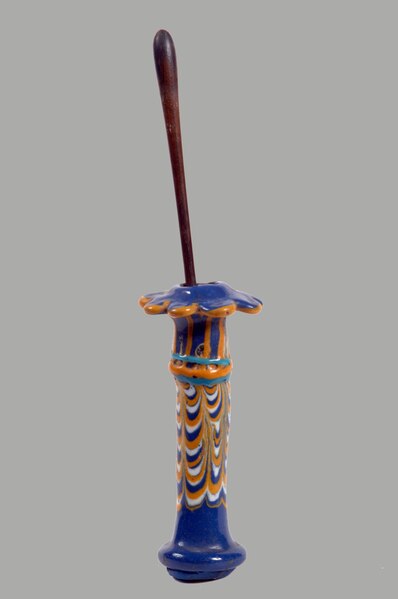Welcome! Settle into this chair. While you relax, I’m going to stab this needle into your skin somewhere between 50 to 3,000 times each minute. While I do that, I’m going to make sure it leaves an ink deposit that never, ever goes away unless you undergo a painful removal procedure. Now, do you want those needles to make the shape of a fire-breathing bear or a bunny rabbit? Enjoy your tattoo! Tattooing has become reasonably mainstream in recent decades. But thinking about the process, it is a pretty painful process in the name of fashion, and personal style. There is a long history of voluntarily accepting the risk of pain in the name of style or cultural tradition. Some historic fashions have done far more than leaving a permanent imprint like a tattoo. They left their wearers maimed, ill, or dead. But they left a good-looking corpse.

ADVERTISEMENT - CONTINUE READING BELOW
Ancient Egypt – Kohl
Egyptian tomb art has depicted gods and monsters, battles and glory, but they have also given archaeologists insight into the activity and everyday lives of Egyptians. This includes details about ancient Egyptian fashion. Tomb art depicts fashions from the shendyt or schenti (loincloth) of the common man to the elaborate robes and jewels of nobility. But one common fashion trend seems to have been used by Egyptians of all social classes and throughout its history; kohl eye liner, identified in art dating all the way from 3100 BCE. Kohl was used as an eye liner, enhancing the eyes, protecting it from the glaring Nile region sun, and protecting Egyptians from eye infections (an ancient belief proven with modern science). Nobility used a higher quality kohl, while Egyptians with limited money used cheaper knock-ff kohl that had added soot from fires or other additives to stretch out the product.

